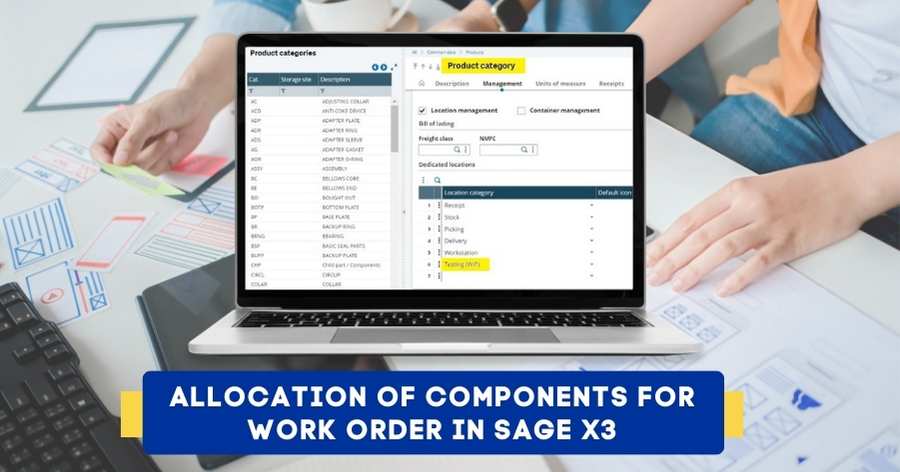What is ERP for Publishing Industry?
Publishing ERP Software is a business-critical solution that encompasses all features that meet the unique requirements of the magazines, newspapers, and book publishing industry and offers a wide range of capabilities such as editorial content management, simplifying editorial workflow, content production, content distribution, human resource management, inventory management, financial management, and customer support management.
ERP software for the publishing company helps automate core tasks, adapt to fast-paced industry developments, uncover new opportunities, and maintain higher industry standards. It plays a critical role in reducing operational costs, minimizing waste, and facilitating real-time capacity monitoring.
Overview of the Publishing Industry in India
India’s publishing industry has seen significant growth over the last few years. The industry comprises various publishing houses, including newspapers, magazines, booksellers, distributors, consumers, and academics.
The publishing industry has undergone tremendous changes over the last few years. It has recognized the need to conduct business-critical analysis to provide insightful and valuable returns to shareholders.
You May Also Like: Best ERP Software for Printing Industry
Challenges Faced by the Publishing Industry
- Higher Competition from the Digital Media Houses
With the advent of the Internet and digital media, consumer focus is changing from traditional paper-based newspapers, magazines, and books to digital newspapers, eBooks, and audiobooks. With a decline in newspaper readership and a failure to attract young readers, traditional publishing media houses face a significant drop in revenue and are unable to compete with their digital media counterparts.
- Inconsistent Revenues
The evolution of digital media has presented numerous challenges to the traditional publishing business. The existing revenue model of the publishing business lacks technological adoption and innovation, and it is unable to adapt to changing readership preferences. They struggle with the financial and technical aspects and face a consistent drop in the revenue model.
- The Threat of Piracy
Internet piracy not only affects digital content It poses a significant change to the traditional publishing houses as well. The Internet is filled with unauthorized copies of copyrighted content, such as books and magazines. The easy availability of pirated content has led to substantial revenue losses for publishing houses and discouraged authors from creating new, engaging, and informative content.
- Negative Environmental Implications
The publishing business relies on paper, which has significant environmental implications such as deforestation and pollution. The production of printed newspapers starts with cutting trees, damaging the environment, and endangering wildlife species. The paper industry is one of the biggest environmental polluters in the world. During paper production, toxic gases are emitted from the factories. Paper waste contributes a significant amount of total waste to landfills.
- Supply Chain Challenges
The publishing industry in India faces various supply chain problems, such as unexpected delays in the transportation of books, damage to books during transportation, a lack of storage and other infrastructure facilities, increasing freight prices, and so on.
Benefits of ERP for Publishing Industry
- Editorial Content Management
The use of ERP for publishers has simplified editorial workflow and enabled companies to effectively communicate and store information. It has introduced a content management system wherein authors can submit fresh or revised content, and the assigning editors can check and validate it for technical accuracy and grammatical problems.
- Royalty Calculations and License Management
Royalty is the amount that the book publisher pays to the author to obtain the legal right to publish their content. The best erp software in India enables publishing companies to easily calculate and manage book royalties and license management. It builds a centralized record where tracking royalties and incentives for various authors and books becomes easier than ever.
- Production Planning and Inventory Management
The use of ERP for publishers helps the publishing company in various ways. They can set realistic goals and timelines, develop a realistic production plan, reduce production costs, improve production workflow, and improve efficiency and consistency. Businesses can monitor their production process, identify bottlenecks, and take corrective measures.
- Subscription Management
Subscriptions are an important revenue generator for any publishing company, apart from ad revenue. Managing subscriptions, sending reminders for renewals, and managing the list are undoubtedly top priorities for a company operating in the publishing sector.
ERP for the publishing industry makes it easier for the company to do away with manual entries and spreadsheets. Instead, they can take advantage of the order-to-revenue solution and complete pricing history. Companies can create and manage subscriptions of all kinds (single or concurrent), of all types (recurring or one-time payment), and of all levels (basic or premium). It automates the business processes of generating bills and invoices, reminding customers to renew their subscription plans, and sending overdue invoices in the case of non-payment after the stipulated waiting period.
- Streamlined Activities
Modern ERP implementation offers value across each part of the business process. It automates a wide range of business-critical processes, including the allocation of International Standard Book Numbers (ISBN), managing payrolls and HR procedures, managing transactions with vendors and customers, payment processing, and delivering products.
- Inventory Management
ERP for the publishing industry provides pan-organization real-time perpetual inventory records of all warehouses, stores, and goods in transit. It provides a unified approach to inventory planning and management wherein companies can track every item in their inventory, from raw materials to finished products, and get detailed analytical reports.
- Get a Better Grip on Financial Reports
The Business Intelligence Tools provide detailed insights and a comprehensive overview of the various aspects of business operations. ERP includes core accounting and financial management functions for revenue tracking, credit management, and customer payment scheduling. With access to key financial information, decision-makers can identify the profitability of their decisions, manage cash flow, and identify tax implications.
For example, Accounts Payable Automation automates various routine tasks such as payment and reconciliation and receiving invoices. In contrast, accounts receivable automation automates the procedure of obtaining customer payments and ensures that customers make their payments on a regular basis.
- Efficient Supply Chain
The Supply Chain Management Tools in Enterprise Resource Planning software transform the supply chain management process and provide a superior way to handle various business processes from procurement of raw materials to delivery of finished products (newspapers, books, and magazines). It helps plan order deliveries, keep consistent production policies, keep track of all shipping documents, and accommodate last-minute alternations.
You May Also Like: ERP for Paper Industry
Conclusion
ERP has made a profound impact on the publishing industry due to its high-end, superior algorithms. It provides a consolidated interface that incorporates various dynamic and innovative features that remove redundancies and mismanagement and mitigate disorders in data management. It also provides various industry-specific features such as royalty calculations, customer relationship management, subscription management, inventory management, and financial management, among others.
Sage X3 empowers the publishing company with state-of-the-art technology and all-encompassing features that reduce costs, maximize operational efficiency, and make substantial improvements in supply chain and distribution. Furthermore, it provides a holistic view of business operations, allowing decision-makers to make on-time, balanced, and informed decisions.







